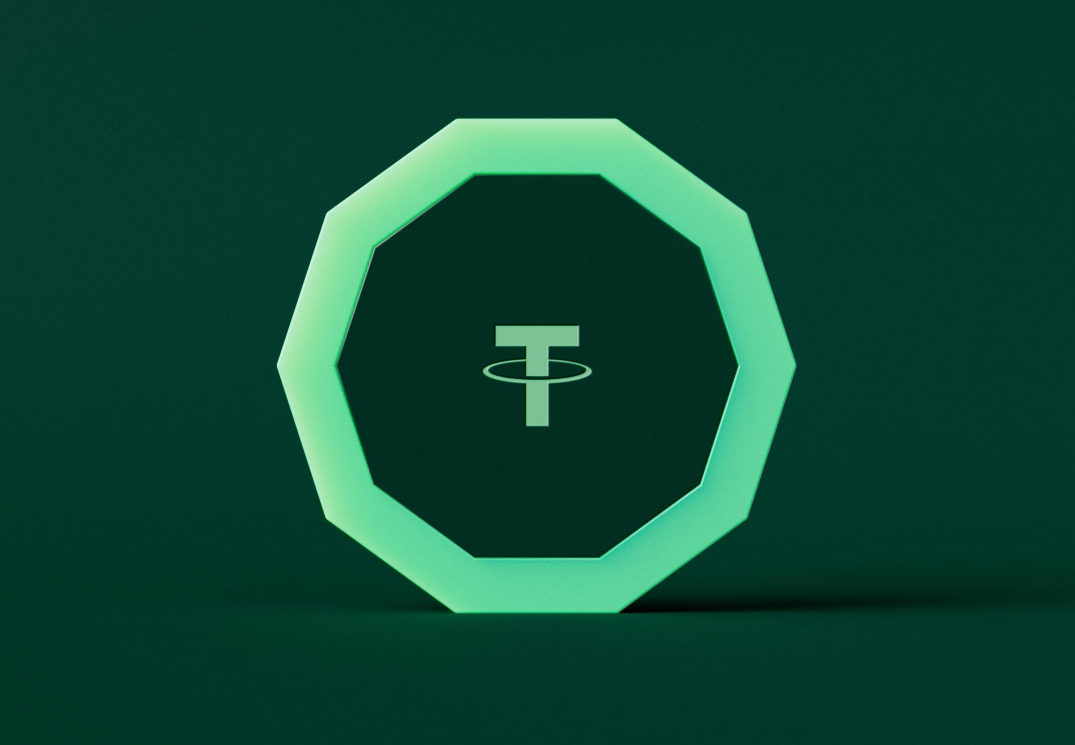Tether USDT’s Business Model and Operation

Tether (USDT) is a type of cryptocurrency known as a stablecoin, pegged to and backed by fiat currencies like the U.S. dollar. As the largest stablecoin by market capitalization, Tether has significantly impacted the cryptocurrency world by providing a bridge between fiat and cryptocurrencies. With a market cap of over $83 billion as of 7/27/2023, it is a major player in the cryptocurrency market.
Tether Holdings Limited, the parent company of USDT, was established in 2014 and quickly rose to prominence due to its USDT token. The idea behind USDT is that you can trade 1 Tether for 1 US dollar, regardless of market conditions. This provides a stable store of value that can be traded across the blockchain and also provides an easy way to transition between fiat and cryptocurrencies.
iFinex, the company behind USDT and Tether Holdings Limited, is responsible for developing the underlying infrastructure that makes Tether possible and for providing support services to exchanges and other financial institutions that use their platform. Simply put, they are the backbone of the Tether ecosystem.
Let’s look at how Tether works and operates, how it generates profit, and the impact it has had on the crypto industry.
How Does Tether Operate?
Tether operates based on a simple yet effective business model. All Tether tokens are pegged at a 1-to-1 ratio with a corresponding fiat currency (e.g., 1 USDT = 1 USD), and these are backed 100% by Tether’s reserves. This setup allows Tether to maintain a stable value, hence the term ‘stablecoin’. By making it possible to redeem 1 USDT for $1 USD, the process of buying and selling Tether is greatly simplified.
With an omnidirectional approach to liquidity, Tether can make the buying and selling process easier than ever. This is because exchanges and other financial institutions can quickly move funds between fiat and cryptocurrencies without having to deal with the volatility of traditional cryptocurrencies. Instead of transitioning from fiat currencies to crypto, USDT can remain within the crypto ecosystem for trading.
When it comes to issuing new tokens, Tether follows a well-defined process. New tokens are issued when users deposit fiat currency on their platform, which is then backed by Tether’s reserves. The company also conducts regular audits to ensure a 1-to-1 match between the fiat reserves and tokens in circulation. For transparency, Tether publishes audit reports that are available to the public.
How Does Tether Make Money?
Tether generates revenue from various fees, issuing loans to other institutions, and through investments. These revenue streams allow the company to continue operating and providing services to its users.
The main source of income comes from transaction fees. USDT charges a 0.1% fee on all withdrawals and deposits exceeding $1000. There is also a $150 fee for verification of new accounts, which is non-refundable but can be applied toward redemption. This generally applies to those looking to directly exchange USD for Tether. For the vast majority of traders, USDT is purchased through an exchange, and the fees are retained by the exchange itself.
Additionally, Tether may invest in various cryptocurrency projects and generate returns from those investments. For instance, Tether has announced its intention to allocate 15% of its net profit toward bitcoin investment. This strategic move aims to diversify the reserves that back its USDT token, designed to maintain a stable 1-to-1 peg with the U.S. dollar.
The Impact of Tether on the Cryptocurrency World
As a stablecoin, Tether offers several benefits. It provides stability in an otherwise volatile cryptocurrency market, allowing traders to safeguard their assets during market downturns. Furthermore, it enables swift transfers between different cryptocurrencies, making it a popular choice for traders.
Instead of holding onto a specific cryptocurrency, users can easily convert their holdings into USDT without worrying about exchange rate fluctuations. This is especially useful for traders looking for additional liquidity to deploy in the markets when the timing is right.
However, Tether has also been the subject of some controversies, primarily related to transparency and credibility. Concerns have been raised about whether Tether’s reserves fully back its tokens. This issue underscores the importance of transparency for stablecoins, particularly those tied to fiat currencies. As a product of iFinex, a company mired in multiple controversies, it is important to understand the risks associated with holding Tether.
Despite these concerns, Tether remains a significant player in the cryptocurrency world and is likely to continue to be so for the foreseeable future. With its wide range of benefits, it can be argued that it has brought stability to an inherently volatile market and enabled individuals and institutions to transition freely between fiat and cryptocurrencies. Ultimately, this aids in driving the growth of the entire cryptocurrency industry.




